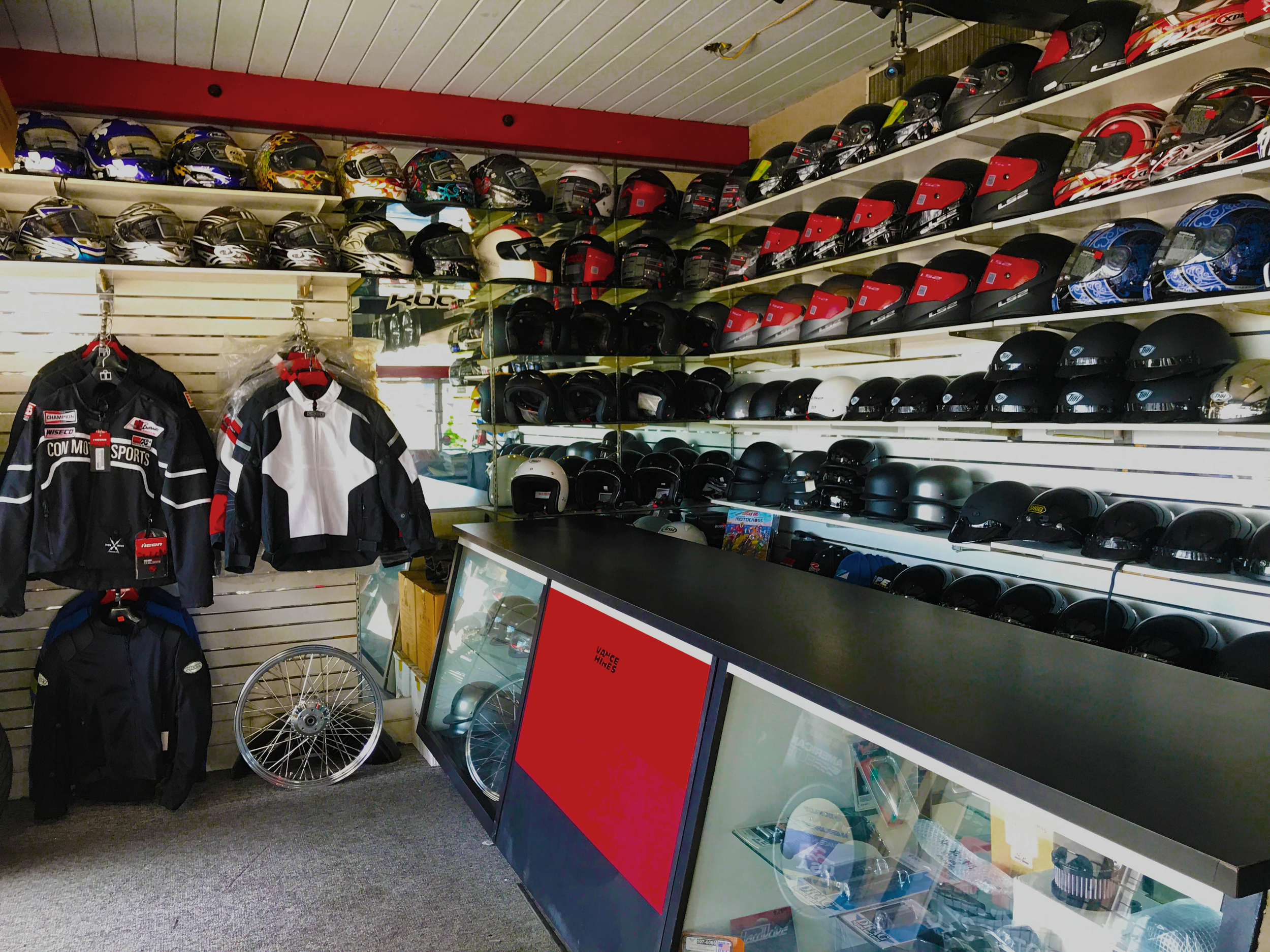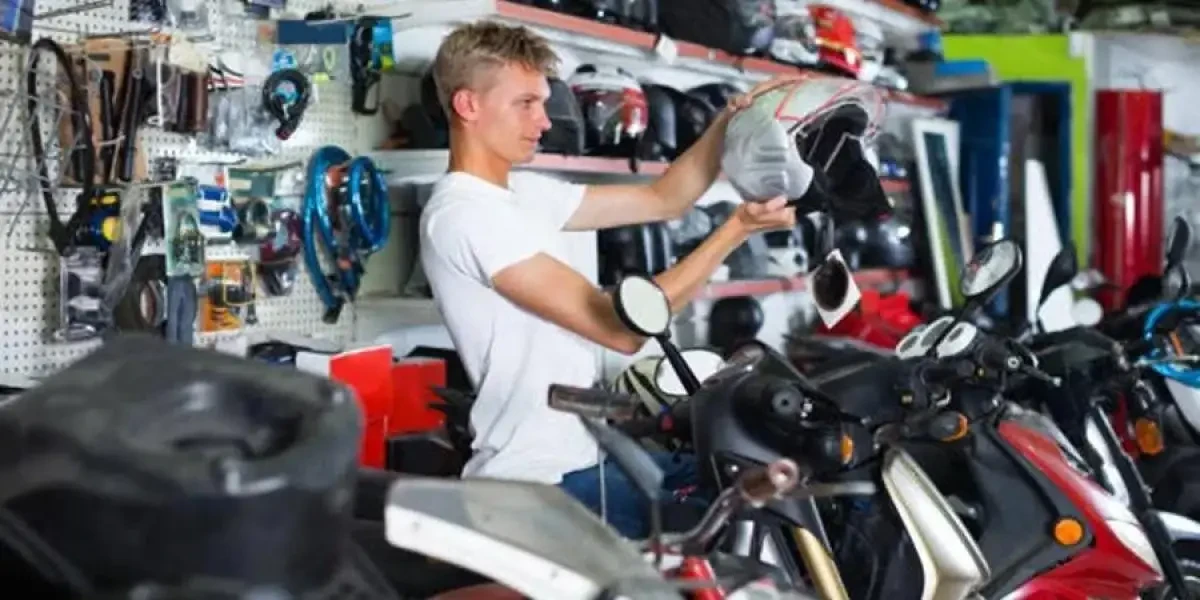Top MX Gear NZ: Get Ready for Your Following Off-Road Journey
Top MX Gear NZ: Get Ready for Your Following Off-Road Journey
Blog Article
Grasping Motorbike Gears: Just How to Optimize Your Riding Experience
In the world of motorcycling, mastering the art of equipment control is vital for boosting your riding efficiency. Correctly using and comprehending motorbike equipments can significantly impact gas, acceleration, and control efficiency, transforming a typical trip into a smooth, electrifying trip. By including exact shift timing and adjusting equipment selection to numerous road problems, motorcyclists can make sure optimal engine efficiency and safety and security. The nuances of clutch control, throttle coordination, and equipment mechanics beckon a much deeper exploration, promising to unlock the complete potential of your maker. Exactly how can these strategies be utilized to truly enhance your riding experience?
Understanding Gear Mechanics
At the core of motorcycle dynamics, gear technicians play a critical role in transforming engine power into activity, eventually dictating rate and control. The equipment ratios, very carefully made, identify the connection between engine revolutions and wheel turns, impacting acceleration and fuel efficiency.
Comprehending gear technicians begins with acknowledging the relevance of the transmission, which houses multiple equipments of differing dimensions. These gears interact with a procedure known as meshing, where teeth of different gears involve to send power. The accuracy of this interaction is crucial; any kind of imbalance or damages can cause ineffective power transfer, hindering efficiency. Furthermore, the setup and size of gears affect the motorbike's ability to deal with various loads and rates.
Furthermore, the idea of gear shifting is essential to taking full advantage of efficiency. Prompt and smooth changes guarantee that the engine runs within its optimal power band, protecting against unneeded pressure and enhancing longevity (mx gear nz). By understanding these mechanical complexities, cyclists can attain a harmonious mix of performance, power, and control, boosting their riding experience
Timing Your Changes
Change timing proficiency is necessary for maximizing motorcycle performance and boosting the riding experience. Correctly timed shifts make sure that the engine runs within its ideal power band, which is critical for keeping control, attaining smooth acceleration, and making certain the long life of the bike. Bikers must develop an instinctive sense of when to change equipments, which entails understanding the relationship in between engine transformations per minute (RPM) and speed.
To master change timing, pay close focus to the engine's sound and feel, as these give essential ideas concerning when to alter gears. The suitable shift point normally happens when the engine approaches the top variety of its power band without getting to the redline. Changing too early can lead to a lack of power, while changing far too late might trigger unnecessary engine pressure
In addition, roadway conditions and riding design impact shift timing. In city settings, smoother and extra regular shifts may be necessary to browse website traffic effectively. In comparison, during highway riding, less shifts at greater rates can be extra suitable. Exercising in varied settings will certainly improve your capability to time shifts exactly, ultimately elevating your riding experience to a specialist level.
Enhancing Gas Effectiveness
While mastering motorbike gears is critical for efficiency, boosting fuel performance is equally crucial for both economic and ecological reasons. Ideal gas intake not only reduces operational costs yet additionally decreases the environmental footprint of riding. To attain this, one have to recognize the complex partnership between gear option and engine performance.
To start with, choosing the ideal gear at ideal rates can dramatically impact fuel intake. Riding in a greater gear at reduced speeds can bring about engine lugging, which is harmful to both fuel economy and engine wellness. On the other hand, riding in lower gears at broadband leads to unnecessary fuel usage. Hence, preserving an ideal equilibrium by changing gears abreast with roadway conditions and anticipated maneuvers is important.
Furthermore, regular maintenance plays a critical role in fuel effectiveness. Ensuring that the bike is well-tuned, with clean air filters and effectively blew up tires, can lower and boost aerodynamics gas wastefulness. Furthermore, taking on a riding design that accepts steady velocity and smooth deceleration can add to much better fuel economic situation.

Methods for Smooth Transitions
Achieving smooth gear shifts is fundamental to enhancing the riding experience and ensuring the long life of a motorbike's transmission system. Appropriate gear shifting not just adds to a seamless ride yet additionally minimizes wear and tear on the mechanical parts. To grasp the art of smooth changes, cyclists should concentrate on a go to this site couple of crucial methods.

Secondly, clutch control plays an essential duty. Involving and disengaging the clutch efficiently needs method. The clutch bar must be launched slowly, permitting a smooth transfer of power from the engine to the wheels without causing a shock or sudden activity.

Adjusting to Roadway Problems
Navigating varied road problems is an important skill for any type of motorcyclist aiming to maintain control and security. Whether you're riding on damp surfaces, crushed rock roadways, or browsing sharp turns, your capability to adjust your gear use and riding method is vital. Recognizing how to adjust your gears suitably can considerably influence grip and security, ensuring a more secure journey.
In contrast, when riding on crushed rock or uneven terrain, reduced equipments are more suitable. Lower equipments offer much better control and permit you to react more quickly to unforeseen changes in the road surface area.
Sharp curves demand precise gear management to balance rate and control. Downshifting prior to entering a curve can help maintain energy while making certain the motorbike remains steady throughout the turn. Constant method in different conditions boosts your ability to predict and respond to changes in roadway appearance and slope.
Verdict
Grasping motorcycle gears substantially enhances the riding experience by enhancing acceleration, gas, and control performance. Adjusting gear choice to various road problems, such as making use of higher equipments on wet surfaces and reduced gears on crushed rock, additional enhances handling and safety.
Recognizing equipment technicians starts with identifying the importance of the transmission, which houses multiple equipments of varying dimensions. These equipments interact via a procedure understood as meshing, where teeth of different gears engage to send power (motocross gear). Gentle modifications to the throttle throughout gear changes can protect against jerky movements and maintain a regular riding rate
Whether you're riding on wet surfaces, gravel roads, or navigating sharp turns, your ability to adapt your gear use and riding strategy is extremely important. Adapting equipment choice to different road problems, such as using greater equipments on damp surface areas and reduced equipments on top article gravel, more boosts handling and safety and security.
Report this page